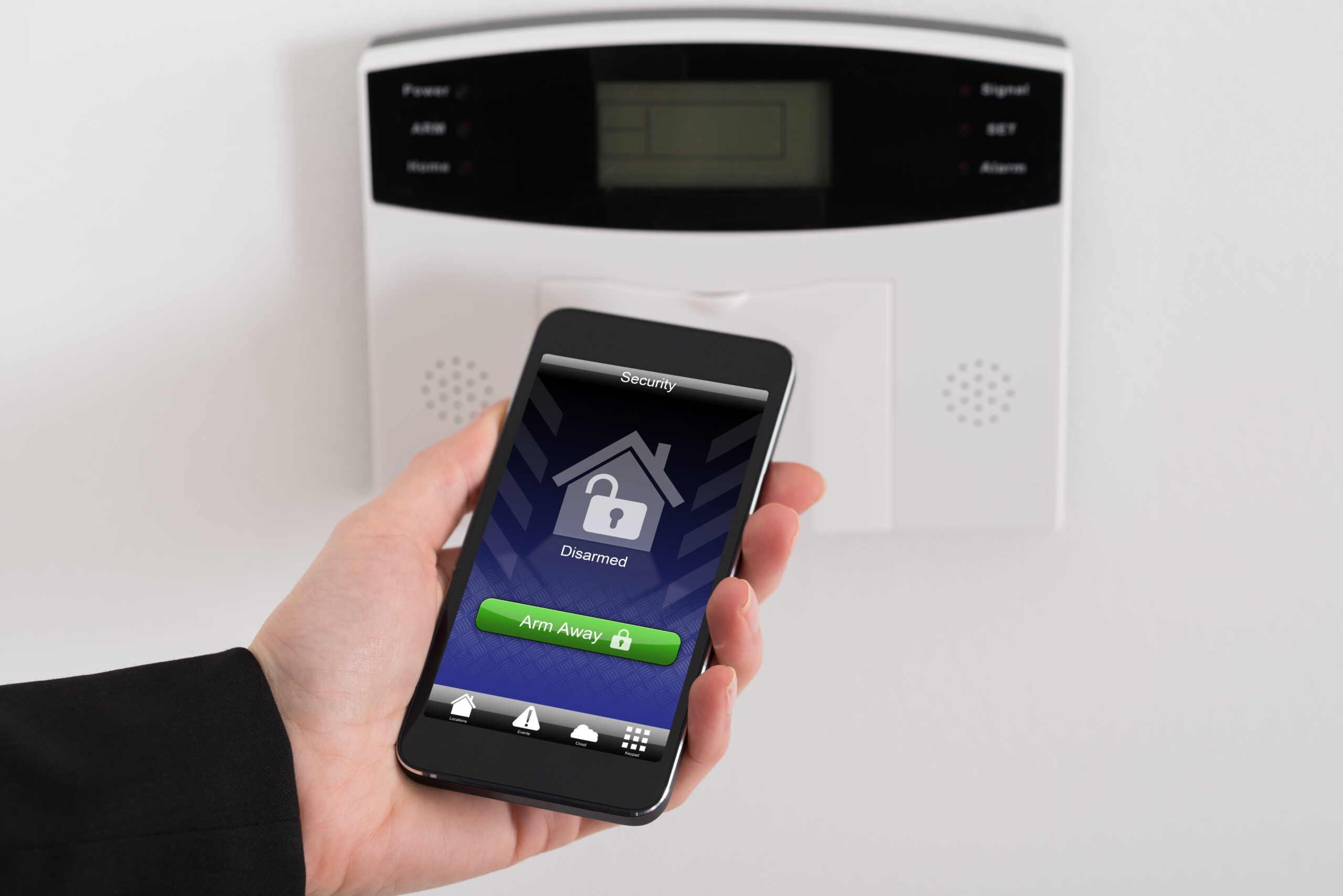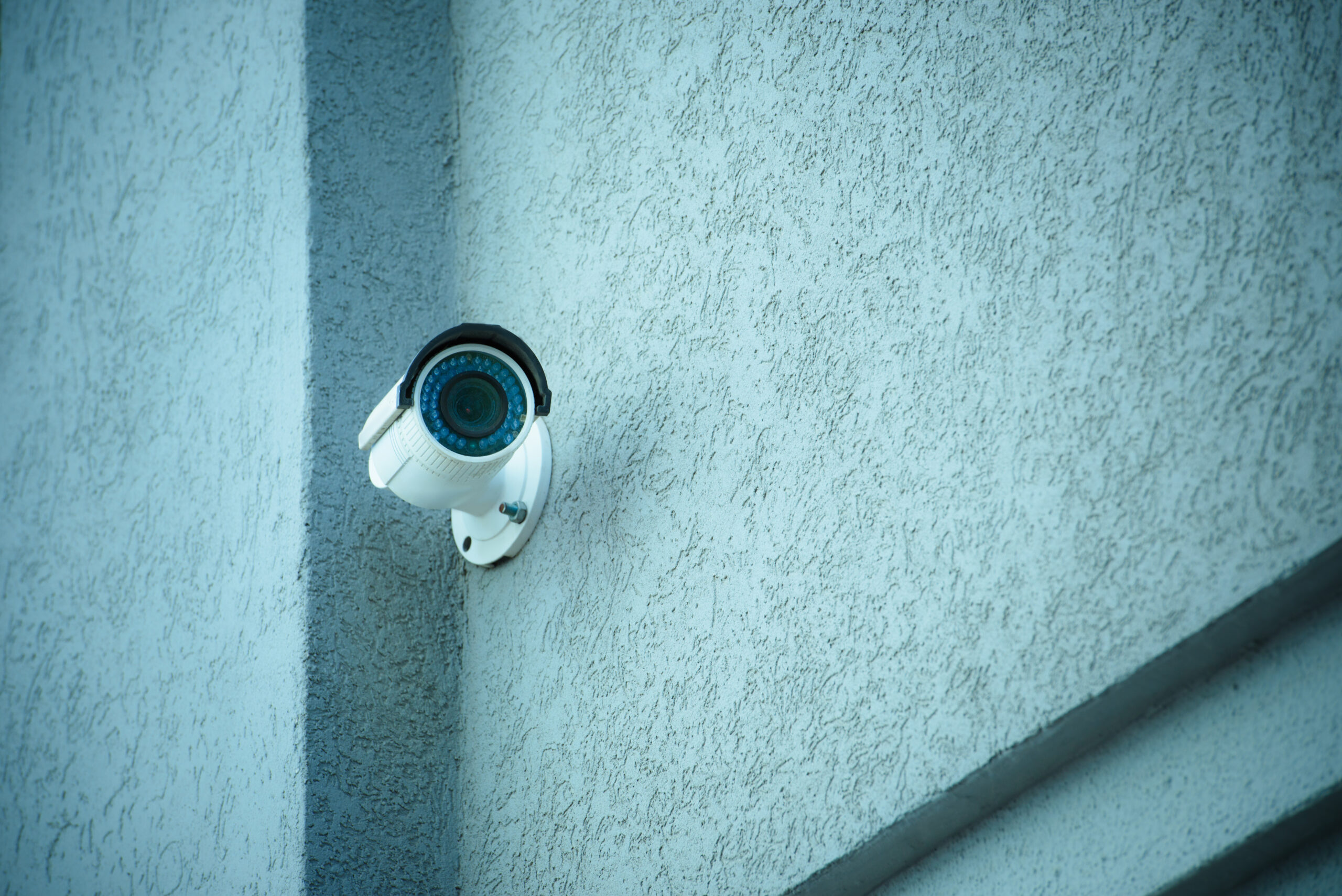Physical access control, including Mobile access control, refers to the measures and systems implemented to regulate and manage entry to physical spaces such as buildings, rooms, or areas. It involves controlling the access of individuals to these spaces, determining when they can enter, and specifying their level of access upon entry.
The primary objective of physical access control is to ensure the security, safety, and protection of people, assets, and information within a given physical environment.
In the context of Mobile access control, the focus is on utilising mobile devices such as smartphones or tablets as credentials or access control tools. Mobile access control systems leverage the capabilities of mobile devices to enhance convenience, flexibility, and security.
Instead of traditional physical credentials like keycards or badges, individuals can use their mobile devices to authenticate their identity and gain access to controlled spaces.

Two main types of access control
Physical access control refers to the practices and systems used to regulate entry and movement within physical spaces, such as buildings, rooms, or facilities. There are generally two main types of physical access control:
Logical Access Control
Logical access control is a category of access control that focuses on securing digital resources, such as computer systems, networks, databases, and electronically stored data. It involves controlling and managing user access to these resources based on their identities, roles, and privileges.
The primary objective of logical access control, including Mobile access control, is to protect sensitive information and prevent unauthorised use, disclosure, or modification of digital assets.
Physical Access Control
Physical access control, as the name suggests, involves securing physical spaces such as buildings, rooms, or areas and controlling entry to these spaces. It focuses on managing who can enter physical locations when they can enter, and what level of access they have once inside.
The primary objective of physical access control, including Mobile access control, is to ensure the security, safety, and protection of people, assets, and information within a specific physical environment.
In what ways does physical access control function?
Physical access control functions in several ways to regulate and manage entry to physical spaces, ensuring security, safety, and the protection of people, assets, and information. With the inclusion of Mobile access control, physical access control extends its capabilities to leverage mobile devices as credentials or access control tools.
By incorporating Mobile access control, organisations can leverage the capabilities of mobile devices such as smartphones or tablets to enhance the effectiveness and convenience of physical access control systems. Mobile access control allows individuals to use their mobile devices as credentials, replacing traditional physical keys, cards, or badges.
Key cards are enticing for workplace security, but they leave the room susceptible. Security measures:
Key cards are a commonly used access control method in workplace security, but they have vulnerabilities that can compromise security.
To address these vulnerabilities and enhance overall security, several security measures can be implemented, including the use of Mobile access control, access control methods, physical access control equipment, video monitoring and control, boom barriers, bollard fencing, human guards, resistant glass, and mantraps.
Access Control Methods and Equipment
Implementing robust access control methods and equipment is essential for workplace security. This includes using advanced authentication mechanisms such as biometric scanners, keypad entry systems, or mobile-enabled access control systems.
Mobile access control systems allow individuals to use their mobile devices as credentials, adding an extra layer of security and convenience.
Installations of Video Monitoring and Control
Video monitoring and control systems play a crucial role in workplace security. By installing surveillance cameras in strategic locations, suspicious activities can be detected and monitored in real time.
Video footage can be reviewed for investigation purposes and act as a deterrent to potential security breaches.

Boom Barriers and Bollard Fencing, respectively
Physical barriers like boom barriers and bollard fencing can be installed to control vehicle access and secure the perimeter of the workplace. These barriers prevent unauthorised vehicles from entering restricted areas and provide an additional layer of physical protection.
Human Guards and Other Members of the Security Forces
Having trained security personnel, such as human guards or security forces, can enhance security by providing a visible and proactive presence. They can monitor access points, conduct patrols, respond to security incidents, and maintain a safe and secure environment.
Glass that is resistant to projectiles
Reinforcing windows and glass surfaces with resistant materials can prevent break-ins and protect against projectiles. This adds an extra feature of physical security and makes it more challenging for unauthorised individuals to gain access through windows or glass doors.
Mantraps
Mantraps are enclosed areas with two or more interlocking doors that allow only one person to enter or exit at a time. They can be equipped with access control systems and security features to ensure that individuals are properly authenticated and authorised before entering or leaving secure areas.
How do Logical and Physical Methods of Access Control Interact with One Another?
Logical and physical methods of access control interact and complement each other to create a comprehensive security framework. Logical access control focuses on securing digital resources, such as computer systems and networks, while physical access control is concerned with regulating entry to physical spaces.
These two methods of access control work together to ensure that only authorised individuals are granted access to both digital and physical assets. With the integration of Mobile access control, individuals can use their mobile devices as credentials for both logical and physical access control, streamlining the authentication process.
Summary
The integration of these methods allows for synchronised access permissions, consistent application of access control policies, and a centralised approach to incident response and auditing.
By combining logical and physical access control, organisations can establish a robust security ecosystem that provides seamless and efficient access management while maintaining a high level of security for their resources and physical spaces.
Cloud-based services
Using cloud technology, smart locker integration offers seamless access to storage data from any device with an internet connection.
Sustainability
By optimising space utilisation and providing efficient storage solutions, smart lockers contribute to a greener, more eco-friendly workplace.
Data analytics and reporting
Smart locker integration allows organisations to monitor usage patterns, identify trends, and make data-driven decisions to enhance efficiency and resource allocation.
Integrating effortlessly
Smart lockers seamlessly integrate with existing workplace systems and technologies, thus enabling easy integration into established workflows, ensuring a smooth transition, and minimising disruptions.
Security
Smart lockers prioritise security and ensure that employees’ belongings are protected, thus mitigating the risk of theft or unauthorised access.
Support for multiple languages
Smart lockers with multilingual interfaces ensure employees from various backgrounds can easily interact with the locker system.
Remote diagnostics, monitoring, and repair
Smart locker integration with remote diagnostics and monitoring capabilities minimises downtime and ensures that lockers are consistently available for employee use.
App updates regularly
Smart locker systems receive regular app updates to enhance security and add new features.
Conclusion
Smart locker integration brings multiple advantages to the workplace, offering secure self-service options, cloud-based services, sustainability, data analytics, and seamless integration. With an emphasis on security, multilingual support, remote diagnostics, and regular updates, they optimise operations and enhance productivity, making them valuable assets in modern workplaces.



